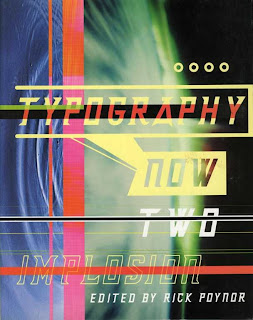Banksy is a pseudonymous England-based graffiti artist, political activist, film director, and painter
Banksy began as a freehand graffiti artist in 1990–1994 as one of Bristol's DryBreadZ Crew (DBZ), with Kato and Tes. He was inspired by local artists and his work was part of the larger Bristol underground scene withNick Walker, Inkie and 3D. From the start he used stencils as elements of his freehand pieces, too. By 2000 he had turned to the art of stencilling after realising how much less time it took to complete a piece. He claims he changed to stencilling while he was hiding from the police under a rubbish lorry, when he noticed the stencilled serial number and by employing this technique, he soon became more widely noticed for his art around Bristol and London. He played football with the Easton Cowboys and Cowgirls in the 1990s and toured with the club to Mexico in 2001.
Banksy's stencils feature striking and humorous images occasionally combined with slogans. The message is usually anti-war, anti-capitalist or anti-establishment. Subjects often include rats, apes, policemen, soldiers, children, and the elderly.
Mainly:
Banksy is a name which has become synonymous with graffiti art in the UK. His dark humoured work is inspired by modern politics, always carrying some form of ethical message. Combining a unique stencilling technique with his views as a political activist, his reputation has escalated over the years to a point where he is now regarded as a common household name.
Working on all manor of public surfaces, he voices his defiant attitude towards the "vandalism" label that is given to graffiti artwork and actively promotes the style of street art upon which he has founded his career.
Banksy's first artwork appeared in urban areas of Bristol throughout the 1990s. After making the transition from spray cans to stencils, his reputation grew, with his work starting to appear in areas of London. By 2001 he had released his first book, "Banksy, Pictures of Walls".
Since then, he has traveled the globe, leaving his mark in major cities worldwide.
Working on all manor of public surfaces, he voices his defiant attitude towards the "vandalism" label that is given to graffiti artwork and actively promotes the style of street art upon which he has founded his career.
Banksy's first artwork appeared in urban areas of Bristol throughout the 1990s. After making the transition from spray cans to stencils, his reputation grew, with his work starting to appear in areas of London. By 2001 he had released his first book, "Banksy, Pictures of Walls".
Since then, he has traveled the globe, leaving his mark in major cities worldwide.









